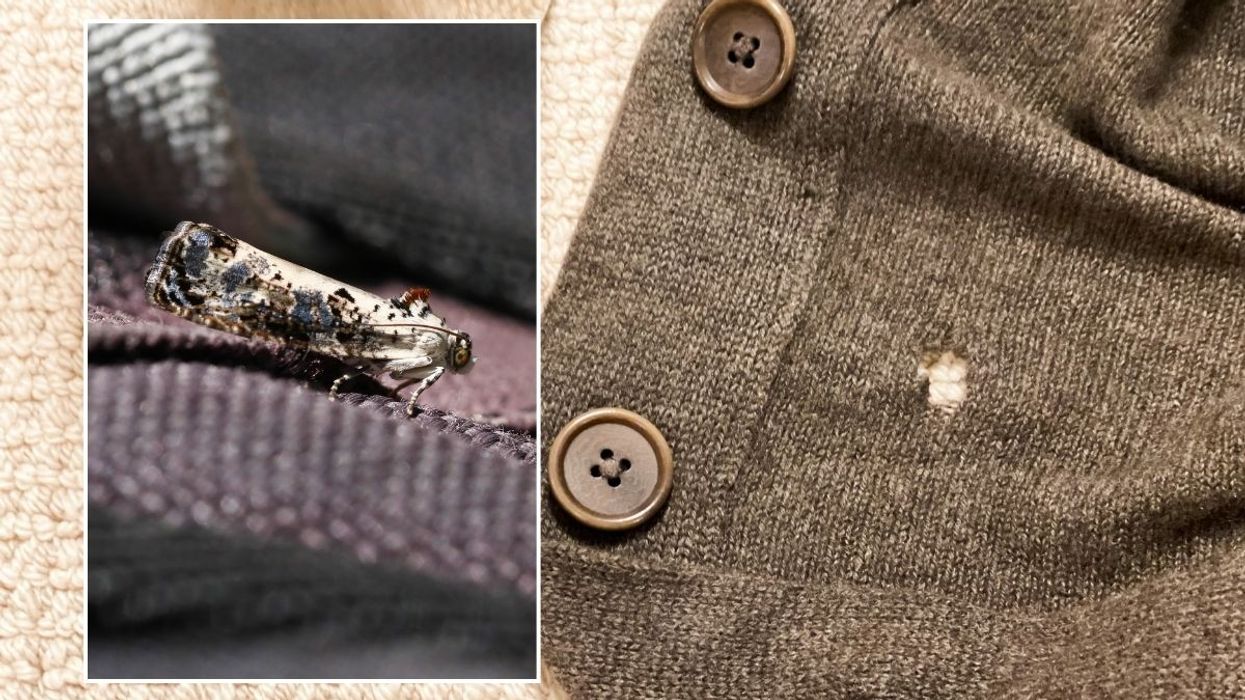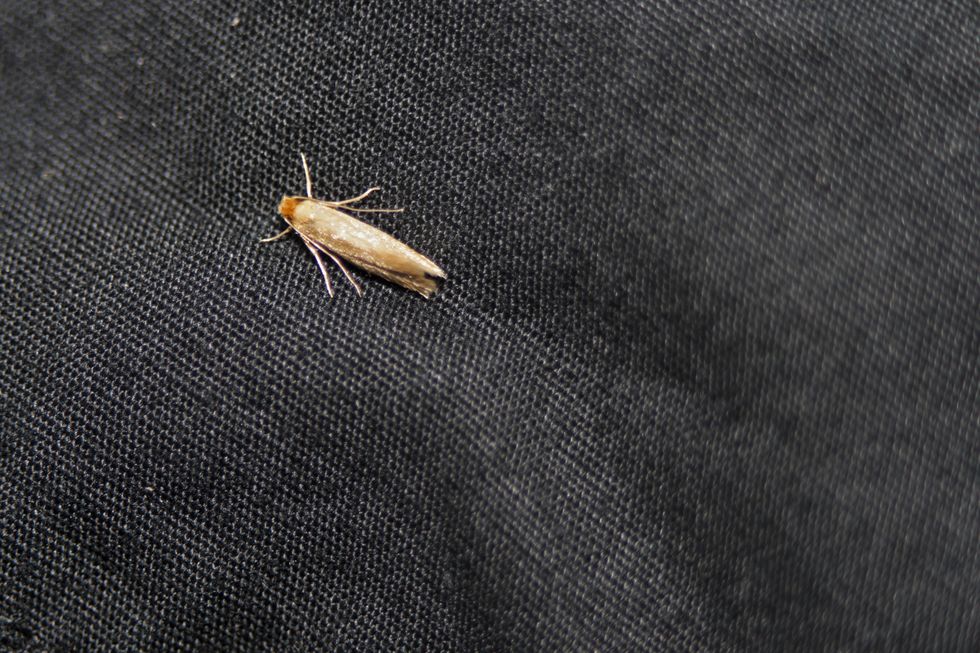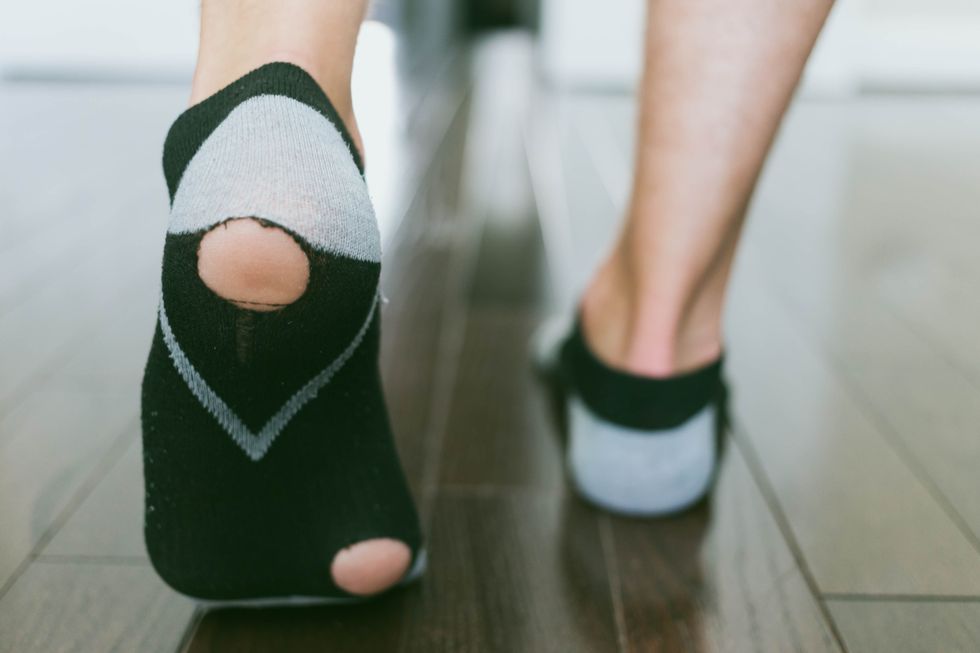'Straightforward' method to 'keep moths from entering home' and destroying clothes - it's 'easy and natural'

February is a good time to prepare homes against the onslaught of moth season
|GETTY

Preventing moth infestations is easier than treating existing ones according to experts
Don't Miss
Most Read
Pesky moths can be a source of irritation at any time of the year, but households will see an uptick in activity in a few weeks, as the weather starts warming.
Preparing homes for the onslaught of moth season can prevent all sorts of damage, particularly to garments.
Adult moths don’t eat the clothes, but their offspring rely on natural materials to derive their nutrients.
With infestations imminent, pest control experts have divulged different ways Britons can protect their households against the pesky critters.

Moths particularly like more expensive fabrics
|GETTY
Jonathan Kirby, pest control expert at NOPE! said: “Preventing an infestation is more straightforward than eliminating it, and a quick and easy natural solution that can help ward off moths is a simple application of lavender oil and rosemary.
“The terpene compound in lavender acts as a natural insecticide, with the same properties present in rosemary.
“Applying this to points of entry like windows as well as pantries can help keep moths from entering your home but will not eliminate a present infestation."
Adding insult to injury, the pests often opt for more expensive fabrics; namely wool, cashmere, silk and fur.
Homeowners may therefore benefit from sealing their favourite garments in sealed bags before waiting for signs of an infestation to emerge.
“Common adult house moths traditionally emerge from their cocoons in the spring and early summer," noted Kirby.
“But it’s not the adult moths you need to be concerned about - it’s the moth larvae that chomp at clothes, carpets, crafting wool and furs.
“That’s why you need to not only check for the presence of moths but also discarded moth casings.
LATEST DEVELOPMENTS

Moth larvae derive nutrients from the keratin in fabric
|GETTY
“If you spot errant white rice grains in your cupboard, look closer. It could be a spent moth cocoon."
Additional preventative methods include separating and shaking soft furnishings outside the home to check for signs of an infestation.
“This is to ensure that excesses of live larvae or effs are removed from the home,” explained the expert.
He added: “Make sure all clothes are washed or dry-cleaned thoroughly.”









